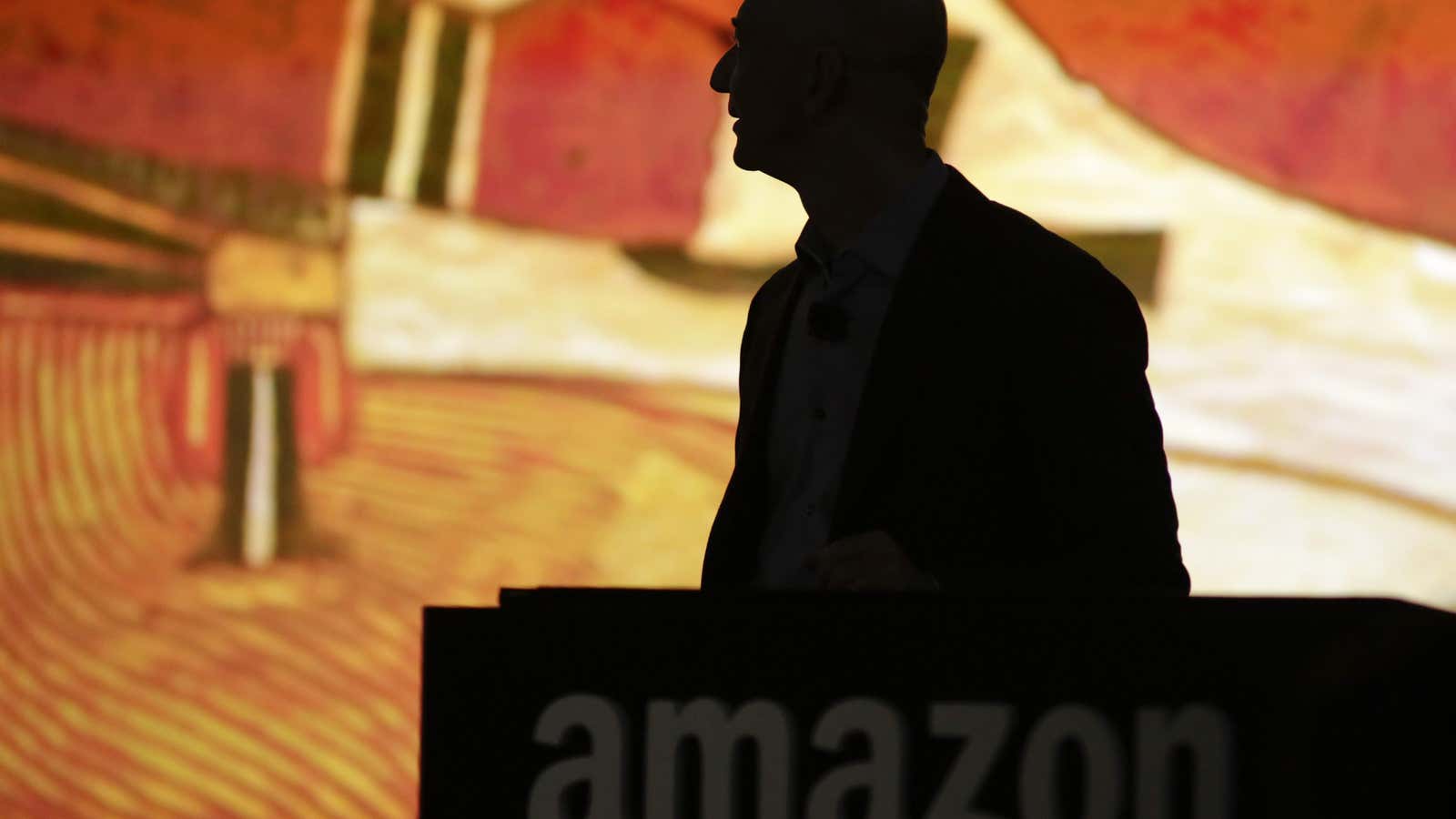Lots of CEOs think they’re capable of leading their companies through dramatic transformations, but few actually do it successfully. The executives who are pulling it off combine an outsider’s perspective with an insider’s’ knowledge, according to a new Harvard Business Review article.
Authors Scott Anthony and Evan Schwartz, who both work at Innosight, a consulting firm, ranked the companies are are most successfully transforming themselves. The “transformation 10” includes some predictable entries, like Amazon and Netflix—which have very visibly changed their business models over the last decade. Amazon is a now a gigantic online retailer and also an enormous cloud-computing company; Netflix was an online DVD renting company 10 years ago.
Less obvious candidates include Danone, a French food conglomerate that has repositioned itself to focus on nutrition and health, and ThyssenKrupp, a German steelmaker that now derives half its revenue from custom manufacturing.
To compile the list, the authors started with 57 companies in the process of transformation and winnowed them down with the help of a panel of judges that included business professors and former CEOs.
The companies don’t have much in common, but most are led by CEOs whose backgrounds give them a new way of thinking about the business or industry. In some cases, they came from other industries, like Jeff Bezos, who worked on Wall Street and had no retailing experience before founding Amazon. Others worked in non-core units of the company they latter led, like Microsoft’s Satya Nadella, who headed the company’s nascent cloud-computing business before being tapped to run the company.
“After becoming CEO, that insider-outsider perspective helped them explore new paths to growth without being constrained by yesterday’s success formula,” the authors said.
When CEOs fail to transform themselves, it’s often because they’re too invested in the legacy business and wait too long before beginning to change. Better to move too early like Netflix’s Reed Hastings, the authors argue, who enraged subscribers in 2011 with his plans to spin off its DVD-by-mail business to focus on video streaming. He lost customers in the short run, but his instincts were correct; video streaming is now 80% of Netflix’s revenues.
